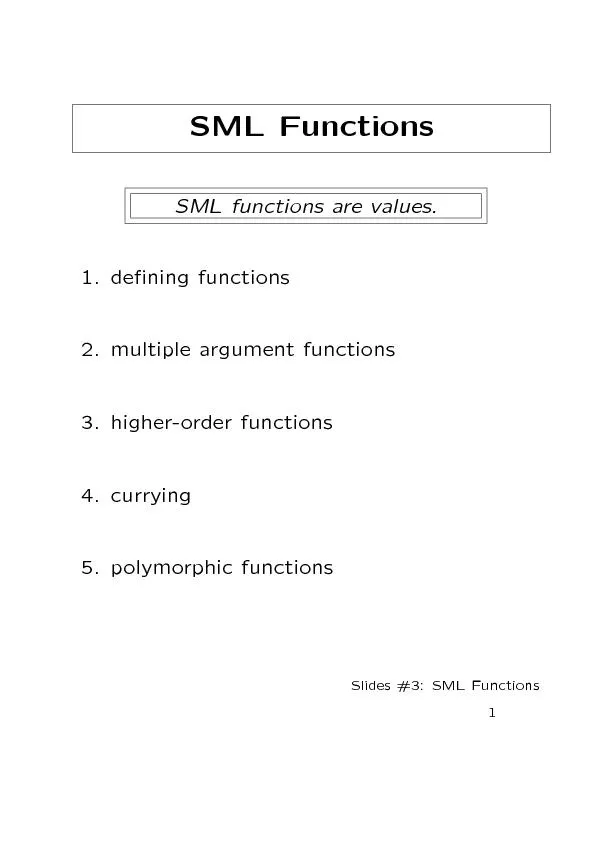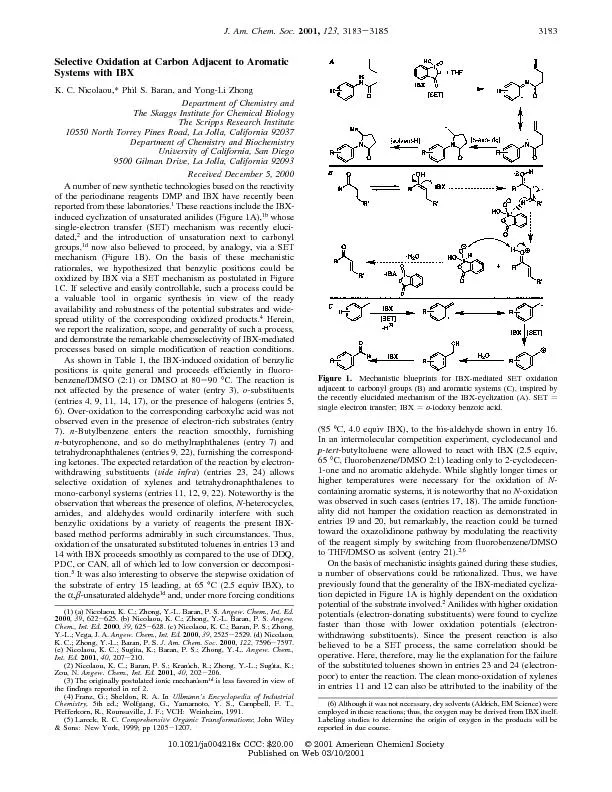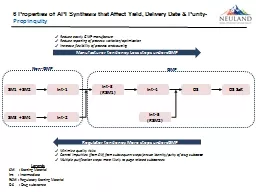PPT-Stumbling int
Author : briana-ranney | Published Date : 2017-11-29
o the Gap Stagnation Labor Investment and Productivity in Europe Bart van Ark 23 January 2014 US have overtaken EU GDP level in aftermath of the crisis with
Presentation Embed Code
Download Presentation
Download Presentation The PPT/PDF document "Stumbling int" is the property of its rightful owner. Permission is granted to download and print the materials on this website for personal, non-commercial use only, and to display it on your personal computer provided you do not modify the materials and that you retain all copyright notices contained in the materials. By downloading content from our website, you accept the terms of this agreement.
Stumbling int: Transcript
Download Rules Of Document
"Stumbling int"The content belongs to its owner. You may download and print it for personal use, without modification, and keep all copyright notices. By downloading, you agree to these terms.
Related Documents














